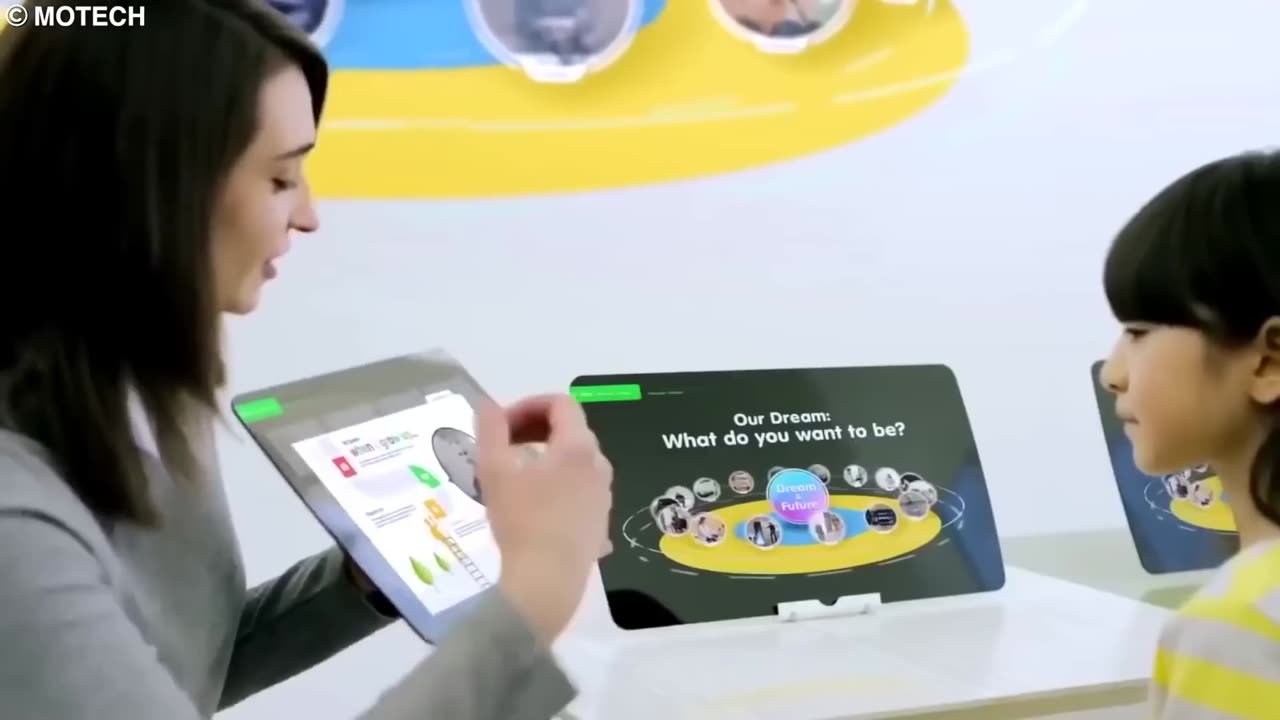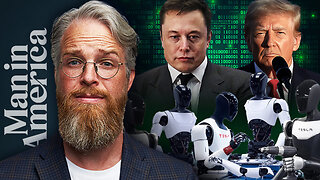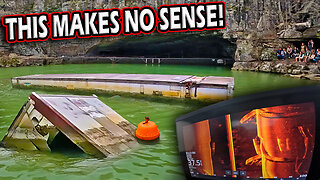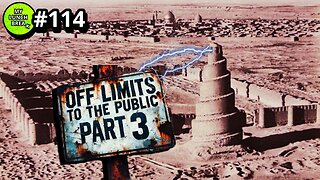Premium Only Content

How life will look like 2050 feature
Quantum Computing: Quantum computers leverage the principles of quantum mechanics to perform calculations at speeds exponentially faster than classical computers. They have the potential to revolutionize fields such as cryptography, materials science, and drug discovery.
Artificial Intelligence (AI) and Machine Learning: AI and machine learning algorithms continue to advance, enabling machines to perform tasks that traditionally required human intelligence. Applications range from natural language processing and computer vision to autonomous vehicles and personalized medicine.
Advanced Robotics: Robotics technology is evolving rapidly, with robots becoming more agile, versatile, and capable of performing complex tasks in various industries such as manufacturing, healthcare, and agriculture. Advancements include soft robotics, swarm robotics, and human-robot collaboration.
Genome Editing: Technologies like CRISPR-Cas9 enable precise editing of DNA, allowing researchers to modify genes with unprecedented accuracy. This has vast implications for fields like gene therapy, agriculture, and biotechnology.
Nanotechnology: Nanotechnology involves manipulating matter at the atomic or molecular scale. It has applications across diverse fields, including medicine (e.g., targeted drug delivery), electronics (e.g., nanoelectronics), and energy (e.g., nanoscale materials for solar cells and batteries).
Biotechnology: Advances in biotechnology, including synthetic biology and gene editing, are driving innovations in healthcare, agriculture, and environmental sustainability. Examples include engineered microbes for biomanufacturing and gene therapies for treating genetic diseases.
3D Printing/Additive Manufacturing: 3D printing enables the creation of three-dimensional objects by depositing material layer by layer. It is used in various industries, including aerospace, automotive, healthcare, and fashion, for prototyping, customization, and production of complex geometries.
Internet of Things (IoT): The IoT refers to interconnected devices embedded with sensors, software, and network connectivity, enabling them to collect and exchange data. IoT applications range from smart homes and cities to industrial automation and healthcare monitoring.
Clean Energy Technologies: Advancements in renewable energy sources (e.g., solar, wind, and hydroelectric power) and energy storage systems (e.g., lithium-ion batteries, hydrogen fuel cells) are driving the transition towards a more sustainable energy future.
Space Exploration Technologies: With private companies and government agencies investing in space exploration, there are rapid advancements in spacecraft technology, launch systems, and planetary exploration missions aimed at expanding human presence beyond Earth.
These are just a few examples of the many exciting advancements shaping the future of technology. Each of these areas holds the potential to address complex challenges and create new opportunities for innovation and progress.
-
 17:53
17:53
Forrest Galante
8 hours agoHow I Joined a Dangerous Remote Tribe (feat. Nelk Boys)
29.2K3 -
 LIVE
LIVE
Vocalot
20 hours agoDay 6! New Here! New Rumble Friends!? 🤙
2,236 watching -
 34:27
34:27
The Connect: With Johnny Mitchell
13 hours ago $7.41 earnedCan He Stop Them? Inside Trumps War On Mexican Drug Cartels & The New Era Of Mexican Organized Crime
21.4K4 -
 2:33:15
2:33:15
Tundra Tactical
5 hours ago $7.13 earnedLuis Valdes Of GOA Joins The Worlds Okayest Firearms Live Stream!!!
23.2K -
 1:03:41
1:03:41
Man in America
14 hours agoAre Trump & Musk the COUNTER-ELITES? w/ Derrick Broze
53K31 -
 3:45:08
3:45:08
DLDAfterDark
5 hours ago $8.37 earnedDLD Live! SHTF Handguns! Which Would You Choose?
29.6K2 -
 1:50:38
1:50:38
Mally_Mouse
8 hours agoSaturday Shenanigans!! - Let's Play: Mario Party Jamboree
44.6K -
 1:13:00
1:13:00
Patriots With Grit
12 hours agoWill Americans Rise Up? | Jeff Calhoun
36.4K13 -
 14:55
14:55
Exploring With Nug
12 hours ago $10.67 earnedWe Found Semi Truck Containers While Searching for Missing Man!
53.8K7 -
 27:57
27:57
MYLUNCHBREAK CHANNEL PAGE
20 hours agoOff Limits to the Public - Pt 3
117K62